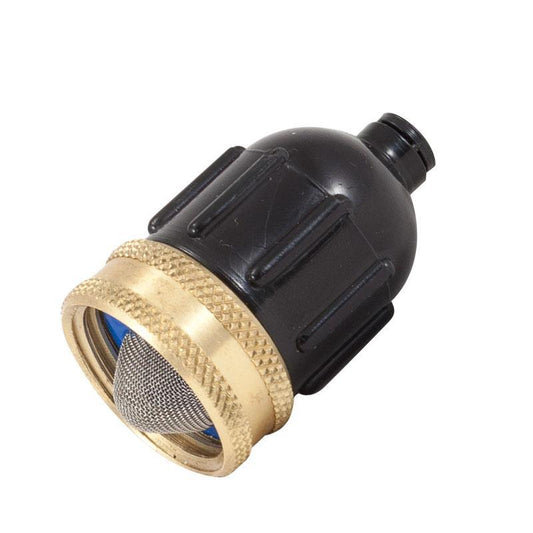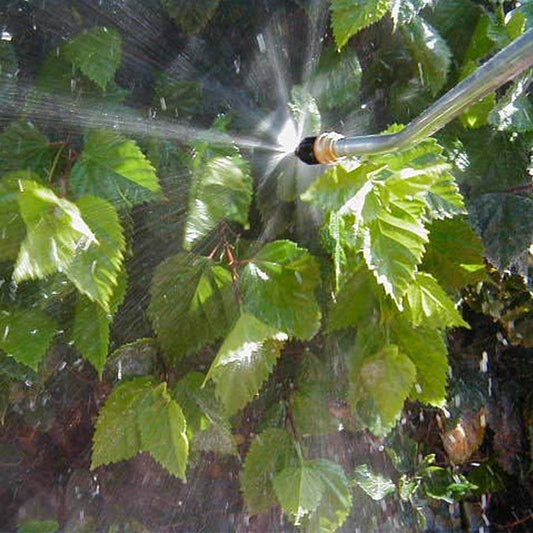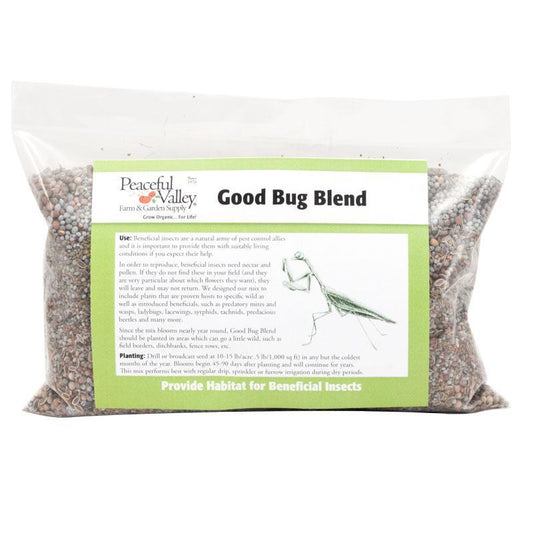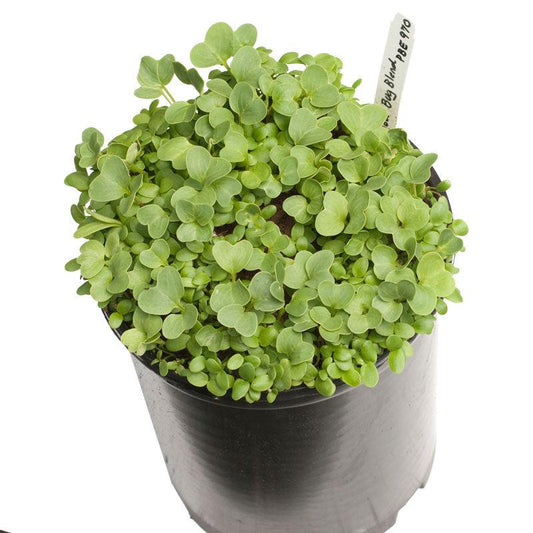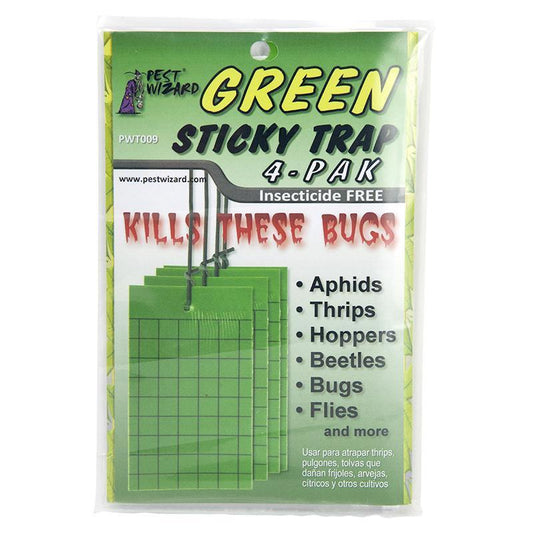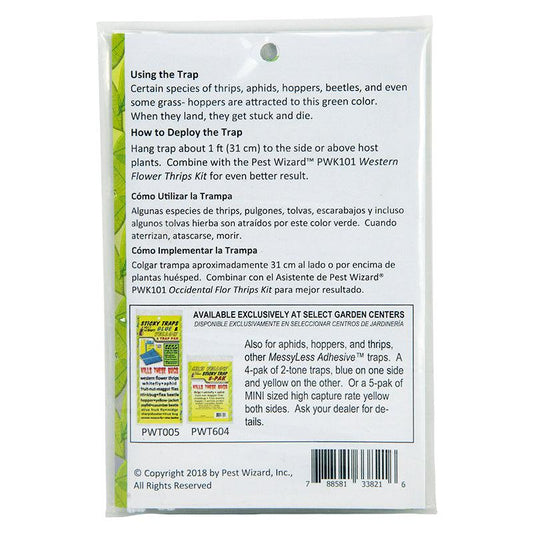Beneficial insects like ladybugs, lacewings, and parasitic wasps are natural predators of aphids. Releasing these insects into your garden can significantly reduce aphid populations. Check our Beneficial Insects collection for more information.
Organic Sprays for Aphid Control
Organic sprays made from neem oil or insecticidal soap are excellent options for controlling aphids. These products are safe for plants, humans, and pets while effectively targeting pests. Browse our pest control sprays for solutions that suit your garden’s needs.
For gardeners looking for a pollinator-safe, organic option that targets aphids, thrips, whiteflies, and more, try our aphid control collection, featuring a variety of effective solutions from insecticidal soaps and neem oils to sticky traps and beneficial insects.
Proper Plant Care
Healthy plants are less susceptible to aphid infestations. Ensure your garden is well-watered and fertilized, but avoid over-fertilizing, as excessive nitrogen can attract aphids. Companion planting with herbs like dill, cilantro, and fennel can also deter aphids naturally.
Tips for Monitoring and Prevention
- Inspect Regularly: Check your plants frequently for signs of aphids, such as yellowing leaves or sticky residue.
- Encourage Biodiversity: A diverse garden attracts natural predators and reduces the risk of aphid outbreaks.
- Remove Infested Leaves: Prune heavily infested areas and dispose of the affected plant material away from your garden.
Ladybugs for Aphid Control
Conclusion
By using natural predators, organic sprays, and proper plant care, you can effectively manage aphid populations in your garden. Protect your plants and promote a healthy ecosystem by integrating these sustainable methods into your gardening routine.



